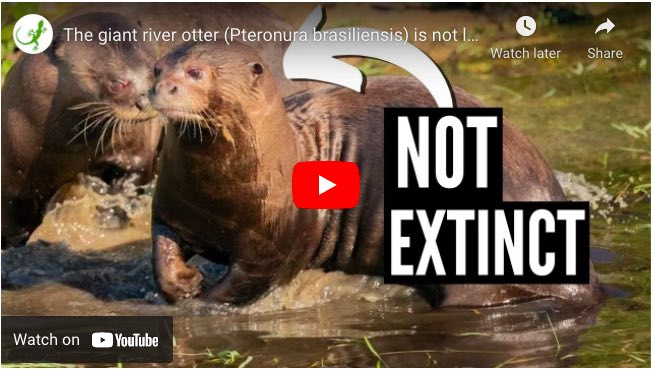
Moths of the Intag Valley lit on a white sheet at night. Photo courtesy of Carlos Zorrila.
Have you ever wondered why insects circle the lights outside your house at night? New research reveals a possible answer to that question.
Scientists tracked insects’ movements in 3D around lights using motion-capture cameras and stereo videography. They found that rather than steering straight toward lights, insects tilt their backs toward the light source. This reflex traps the insects in looping, circular flights.
“What we kept finding is that insects, such as dragonflies, moths, butterflies and other night-flying insects as well, were tilting their backs, which we call the dorsal axis, their dorsum, towards the light,” lead researcher Samuel Fabian, an entomologist at Imperial College London, said in an interview for Nature.
This “dorsal light response” helps insects orient themselves in three-dimensional space. “It’s quite strange for us to think about this, because as animals that spend most of our time on the ground, it’s quite obvious which way gravity is. But actually, if you’re flying you’re pulling all kinds of g-forces, and those g-forces, those accelerations as you’re moving around can kind of mask exactly where true gravity is,” Fabian said.
Before artificial lights, gazing skyward was a handy way to see which way was up. Insects tilt their backs toward the brightest visual area. Near lights, however, this reflex backfires. “That means that all of their flight forces they’re producing, the lift, is they’re not pointing in the right direction for them to continue flight, they’re going to start curving. And so that’s why we see them circling, and not really spiraling in, cruising around and round and round and seeming completely stuck and unable to leave,” Fabian said.
Understanding why insects are drawn to artificial lights could help insect conservation, especially efforts to reduce light pollution’s heavy toll on insects.
Many studies over the past decade all point to a serious, dramatic decline in insect abundance across the globe. Plummeting insect populations could deeply impact ecosystems and human civilization, as these tiny creatures form the base of the food chain, pollinate the crops we eat, dispose of waste, and enliven soils.

A silk-eyed moth photographed on the arm of Liz Kimbrough. Image by Romi Castagnino.
“How could we change lighting environments to not trap insects because we’re facing a massive decline in insects around the world, and artificial light at night is one of the factors that could potentially be leading to this decline,” Fabian said. Altering lighting to avoid wavelengths that trigger the dorsal light response could reduce impacts on fragile insect populations.
So next time you watch a mesmerized moth endlessly looping a porch light, know it’s not chasing the bulb, but is just lost in a reflex gone wrong.
David Brown adapted this article for Mongabay Kids. It is based on an article by Liz Kimbrough, published on Mongabay.com:






